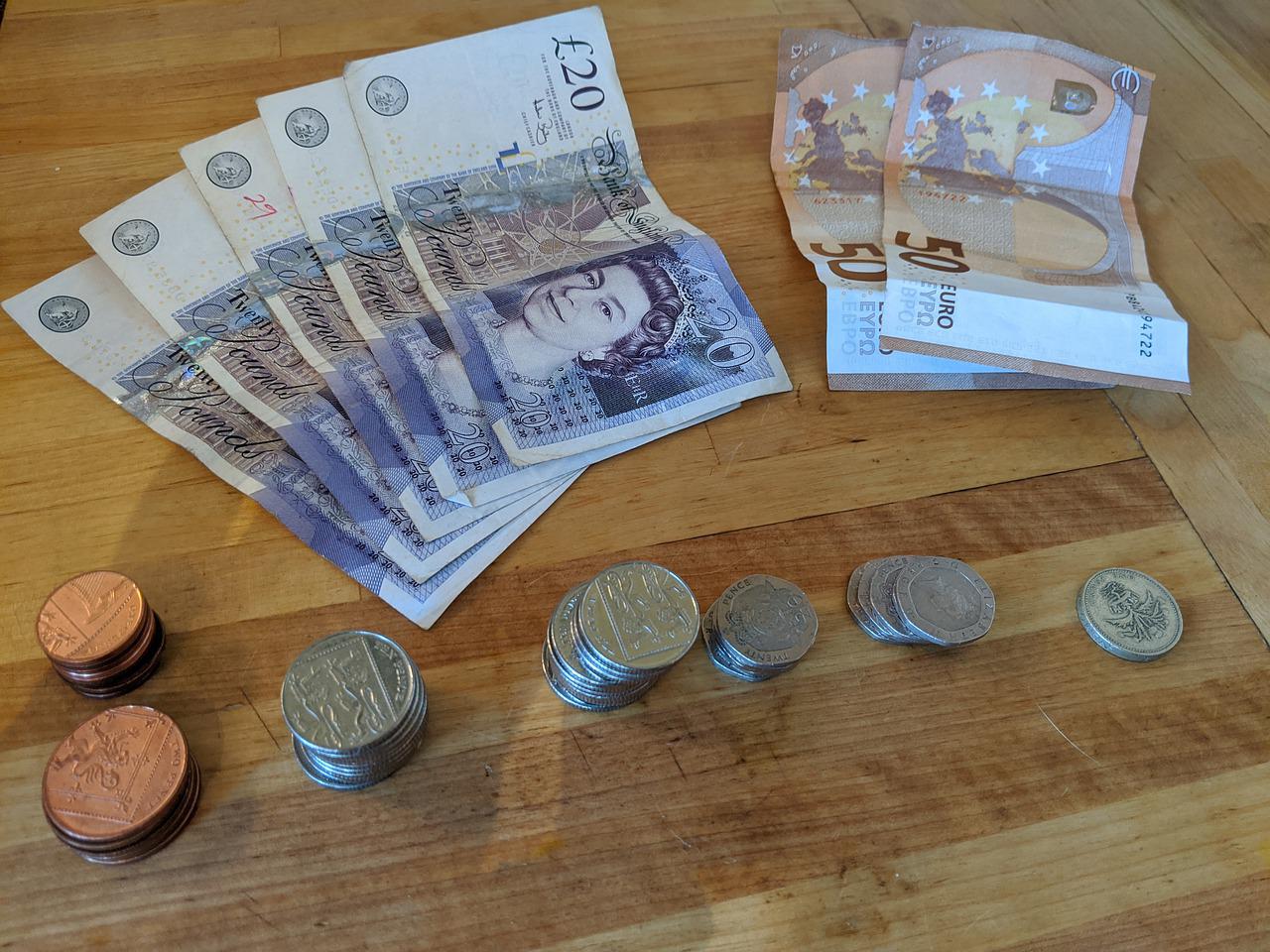On Monday, the sterling declined to its lowest value against the dollar since mid-July, as a summer of strikes and surging energy prices highlighted the cost of living crisis in the United Kingdom.
It also ended up intensifying concerns about another slowdown in the economy.
Sterling falls
Due to worries about the surging inflation in Britain and a decline in the economy, the British pound saw its biggest weekly drop against the US dollar since September 2020.
It had dropped by 0.3% by 1105 GMT at $1.1798, after briefly declining to $1.1785, which is the lowest it has been since July 14th.
As far as the euro is concerned, the single currency was already weakening itself, so the British currency was holding steady against it at 84.82 pence.
It climbed 0.1% on the day after it had dropped against the euro to a four-week low on August 19th. Market analysts said that the weak growth outlook in the UK is weighing on the pound.
The headwinds are going to get worse, as news indicates that Ofgem will make an announcement on Friday about average annual household energy bills climbing in the UK to more than 3,500 pounds.
The cost of living crisis
The largest container port in the UK, Felixstowe has already seen strikes due to pay, which highlights the issues related to the cost of living.
It also increases the risk of supply chain issues worsening in the United Kingdom. The staff at Felixstowe became the latest to go on strike in Britain, as unions are demanding higher wages.
Household incomes have been squeezed and this has resulted in strikes by bus and rail workers, all of whom are demanding a higher increase in pay.
Bank of England movements
The Bank of England (BoE) is scheduled to meet in the next month and money markets have already priced in an increase in the interest rate of 50 basis points.
This is because the inflation in the UK has already surged in July to 10.1% and the central bank’s priority is to curb it.
Market analysts said that consumer price inflation in Britain is expected to climb to 18% at the beginning of 2023, which is nine times the target of the Bank of England.
The last time consumer price inflation had gone beyond 18% had been in 1976. In its meeting this month, the BoE increased its interest rate from 1.25% to 1.75%.
This is the sixth time that the interest rate has increased since late 2021 and is the biggest hike in the rate in 27 years.
The Bank of England also warned of an economic recession by year-end, which could last until 2024. Official data also highlighted that Britain’s borrowing in the previous month was more than expected.
This indicated that the next prime minister of the country was facing a big challenge on how to give consumers more support.
There has been a more than 3% decline in the pound in August alone against a US dollar that has strengthened.

